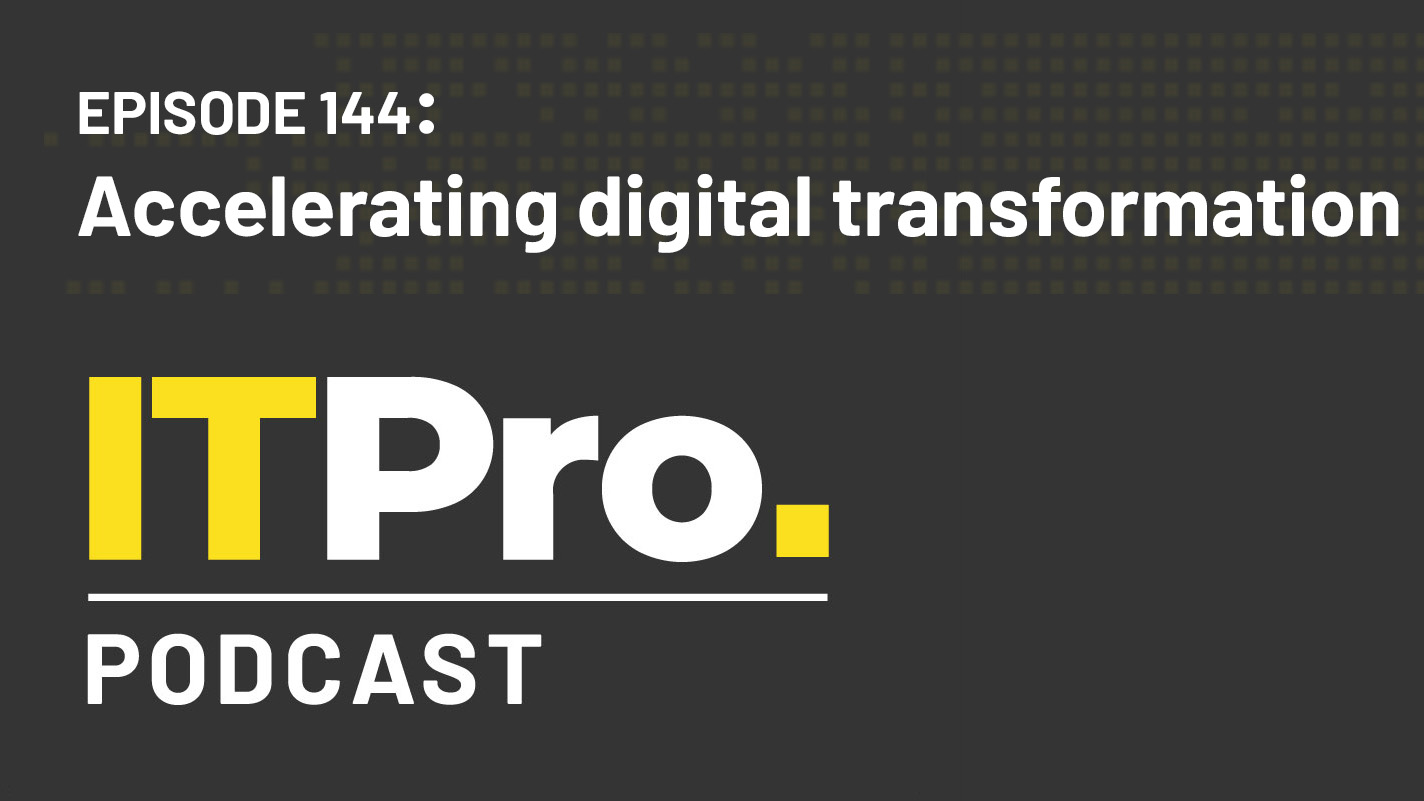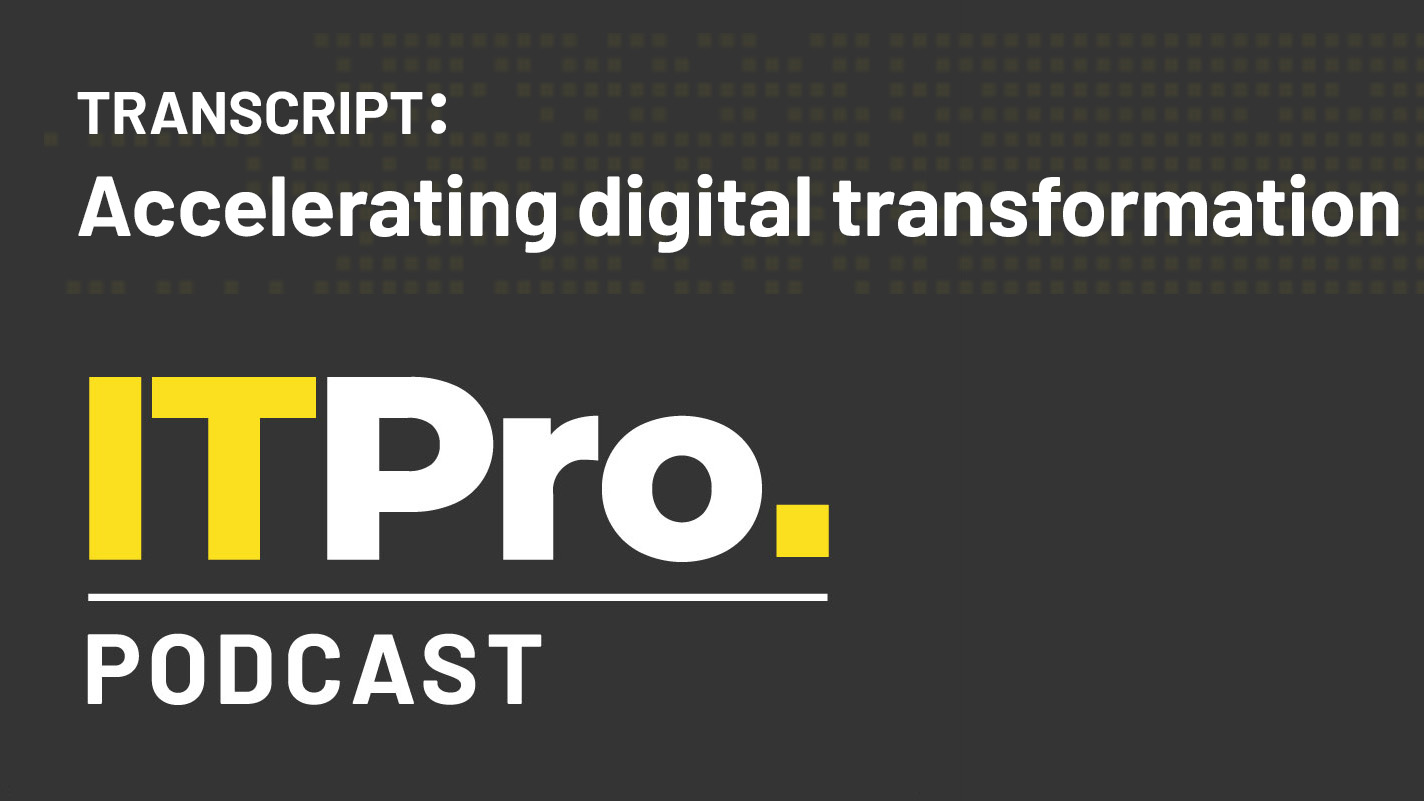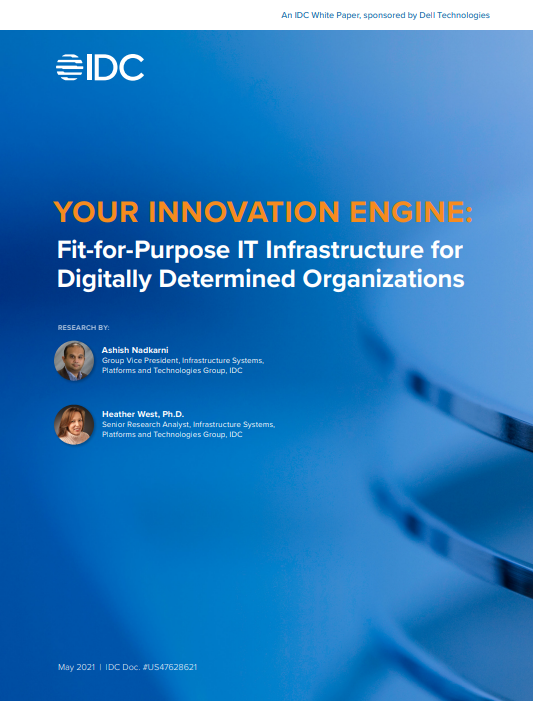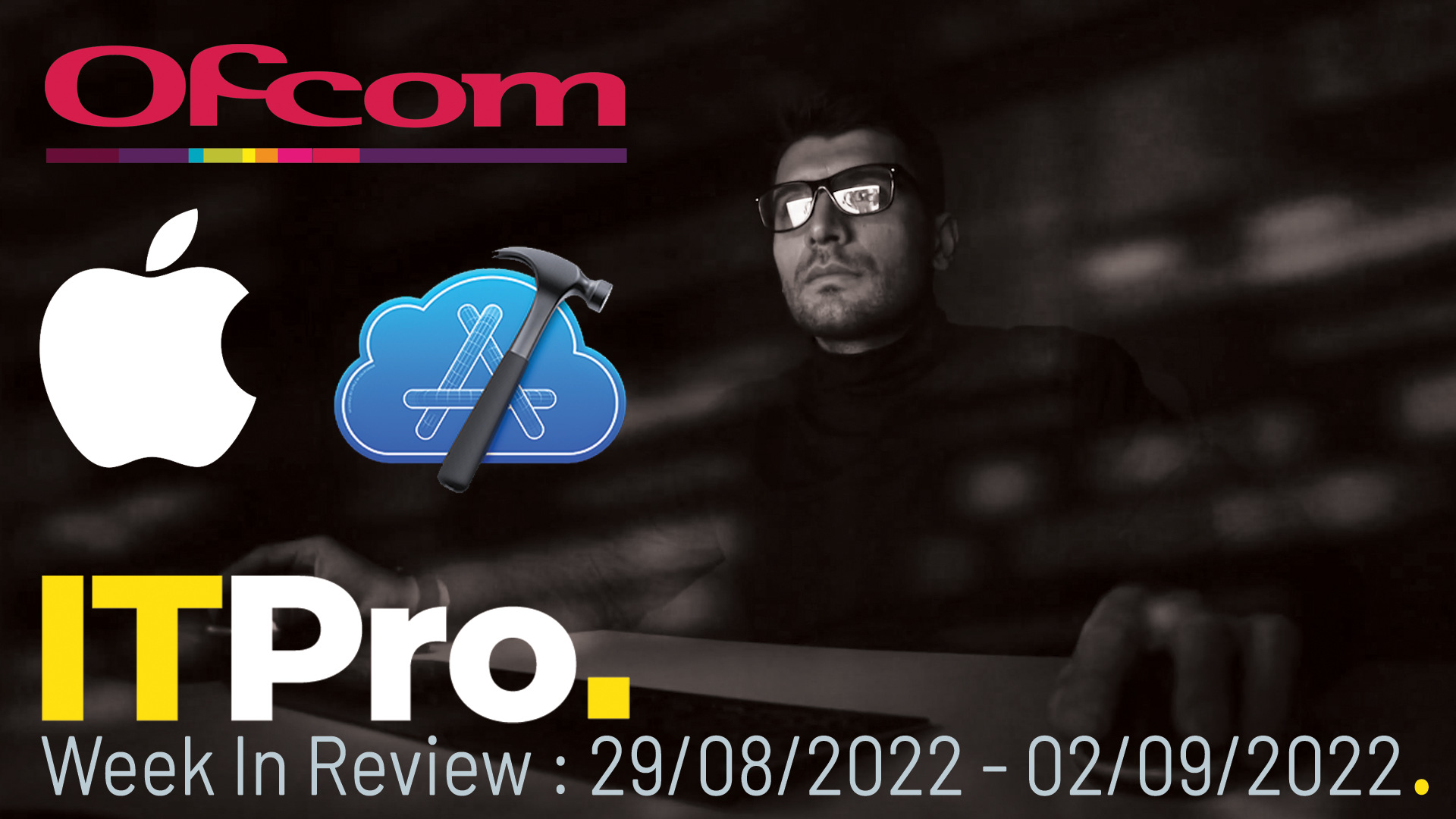The rise of the CIO in modern business
Research from Adobe shows that 83% of CIOs now see themselves as cultural change agents within the wider business

It's been a challenging 12 months for those with their hand on the tiller of corporate IT. Over the last year, CIOs have been thrown one curveball after another, forced to hit the ground running and adapt quickly to circumstances far beyond the bounds of normal business operations. The emergence of COVID-19 has sparked a wave of digital transformation unlike any we've seen since the birth of Web 2.0, and CIOs have been leading the charge.
It was sink-or-swim in the early days; widespread lockdowns meant every organisation was forced to adapt to a digital-first business model, and those that couldn't found themselves in serious trouble. Even hospitality – previously one of the last industries to still be largely driven by face-to-face customer service – has found itself transformed by in-app ordering and payment systems.
But as businesses become increasingly digitally-led, the role of the CIO is ever more crucial. In years past, many CIOs were principally concerned with making sure that systems like email, file storage and other back-office applications stayed up and running – 'keeping the lights on', as it's often known. Now, however, more and more CIOs are being brought into key decision-making processes at the top level of their organisations.
In fact, according to an Adobe survey of European CIOs, three-quarters say that they now have more responsibilities than they did a year ago, and that they have greater influence over leadership decisions. The same proportion also said they are under pressure to enact digital transformation within their business, underlining the importance of their role in meeting these new challenges."
It's not hard to see why the CIO has such a valued position; with digital operating models now the norm rather than the exception, companies need to gain an edge where they can to attract and retain customers, which means data-driven customer experience is a firm priority. According to Adobe's survey, 67% of CIOs report that, in addition to their normal duties, managing customer experience has now become one of their primary priorities.
"Digital customer experiences have improved significantly in the past year, but they have also become more complex," explains Adobe CIO Cynthia Stoddard. "CIOs need to support these services with the technologies teams need to capture customer data, convert that data into valuable insight, and use that insight to shape increasingly personalised experiences."
This challenge has been compounded by the fact that with more choices available than ever before, customers are becoming savvier and more discerning. While a positive user experience with an app or website can engender long-term brand loyalty, a poor digital journey can rapidly turn a user's opinion sour, and risks driving them away for good.
Security and privacy, for example, is increasingly becoming a differentiating factor. The avalanche of data breaches and overzealous data collection efforts that customers are subjected to have had an impact on popular opinion, and a third of CIOs surveyed pointed to privacy and security as key areas in which they're planning to invest over the course of this year.
Customers aren't the only ones to become more vocal about their expectations, however. The growing sophistication of consumer-focused applications has forced enterprise applications to improve the quality of the digital experience they offer. Employees now expect the tools they use for work to be as intuitive and slick as the ones they use outside of work.
The influence of COVID-19 can be felt here once again; as companies rapidly transitioned to remote working, collaboration and meeting solutions were the first item on the agenda for a great many CIOs, and this investment will likely pay dividends in years to come. Around 40% of CIOs surveyed predict their organisations will adopt a hybrid working model going forward, with more staff working from home and on flexible hours.
The collaboration platforms used to facilitate this, and the ease with which employees can access what they need, when they need it are going to play a pivotal role in making this strategy a long term success.
"Given the proven correlation between happy employees, satisfied customers and overall business success," says Stoddard, "it's more critical than ever that CIOs prioritise any systems or business processes that improve collaboration and overall employee experience."
Note the focus not only on systems, but on processes as well; the remit of the CIO now extends beyond mere tooling, and an increasing number of IT leaders now find themselves responsible for influencing the culture of their organisations. This is perhaps an inevitable consequence of managing the systems through which the business as a whole communicates and shares information, and it's notable that 83% of CIOs now see themselves as cultural change agents within the wider business.
In adopting this expanded role, CIOs have found themselves forming ever closer bonds with chief marketing officers. As the worlds of IT and marketing grow increasingly intertwined, CIOs and CMOs are relying on each other to a larger extent, and work closely together to apply the tools and principles of customer experience management to internal staff, boosting employee engagement and satisfaction. Almost two-thirds of CIOs say they meet with their CMO on at least a weekly basis, and 86% say that a close relationship between the two offices is a driver of innovation. This also applies to external customers; 90% of CIOs strongly agree that partnering with the CMO makes the businesses' overall customer experience better as a result.
It's been a hard year for businesses of every type, but CIOs have embraced their responsibilities and stepped up to the plate, forging alliances and pioneering new technologies and practices to carry their organisations forward. Now, as we look beyond the pandemic to the new paradigms it has ushered in, CIOs have become the beating heart of the enterprise, supporting various departments and initiatives in a myriad of ways. In the world to come, CIOs must build on this momentum, working together with colleagues across the business to continue driving digital transformation in a smart and sustainable way.
"Despite the enormous weight on our shoulders, CIOs are stepping up to the challenge," Stoddard says. "Along with other business leaders, we have accepted our new responsibilities and increasing amount of influence, and work more closely with our peers to thrive in the digital-first reality we are all living in."
Get the ITPro daily newsletter
Sign up today and you will receive a free copy of our Future Focus 2025 report - the leading guidance on AI, cybersecurity and other IT challenges as per 700+ senior executives
ITPro is a global business technology website providing the latest news, analysis, and business insight for IT decision-makers. Whether it's cyber security, cloud computing, IT infrastructure, or business strategy, we aim to equip leaders with the data they need to make informed IT investments.
For regular updates delivered to your inbox and social feeds, be sure to sign up to our daily newsletter and follow on us LinkedIn and Twitter.
-
 Should AI PCs be part of your next hardware refresh?
Should AI PCs be part of your next hardware refresh?AI PCs are fast becoming a business staple and a surefire way to future-proof your business
By Bobby Hellard Published
-
 Westcon-Comstor and Vectra AI launch brace of new channel initiatives
Westcon-Comstor and Vectra AI launch brace of new channel initiativesNews Westcon-Comstor and Vectra AI have announced the launch of two new channel growth initiatives focused on the managed security service provider (MSSP) space and AWS Marketplace.
By Daniel Todd Published
-
 Protecting CIOs' IT budgets is "paramount" in maintaining business growth
Protecting CIOs' IT budgets is "paramount" in maintaining business growthNews If CIOs are forced to make emergency budget cuts, they should also explain the risks to high level stakeholders so the responsibility is shared
By Zach Marzouk Published
-
 The IT Pro Podcast: Accelerating digital transformation
The IT Pro Podcast: Accelerating digital transformationIT Pro Podcast Implementation is just as important as the value of change
By IT Pro Published
-
 Podcast transcript: Accelerating digital transformation
Podcast transcript: Accelerating digital transformationIT Pro Podcast Read the full transcript for this episode of the IT Pro Podcast
By IT Pro Published
-
 Fit-for-purpose IT infrastructure for digitally determined organisations
Fit-for-purpose IT infrastructure for digitally determined organisationsWhitepaper Your innovation engine: Guiding organisations through change in the new digital economy
By ITPro Published
-
 IT Pro News in Review: CIOs face a challenge, Ofcom's telecom fines, Apple expands Xcode
IT Pro News in Review: CIOs face a challenge, Ofcom's telecom fines, Apple expands XcodeVideo Catch up on the biggest headlines of the week in just two minutes
By IT Pro Published
-
 CIO role has 'drastically changed' over last 24 months, says Lenovo
CIO role has 'drastically changed' over last 24 months, says LenovoNews Globally survey suggests chief information officers have greater influence over their company now the role has expanded beyond technology
By Bobby Hellard Published
-
 How can CIOs help to close the tech skills gap?
How can CIOs help to close the tech skills gap?In-depth The most well-equipped IT leaders can take a number of practical steps to close the divide within their organisations
By Rene Millman Published
-
 What is a virtual CIO (vCIO) and does your business need one?
What is a virtual CIO (vCIO) and does your business need one?In-depth With tech skills in short supply, organisations are turning to temporary expertise to see through critical digital transformation projects
By Mark Samuels Published
